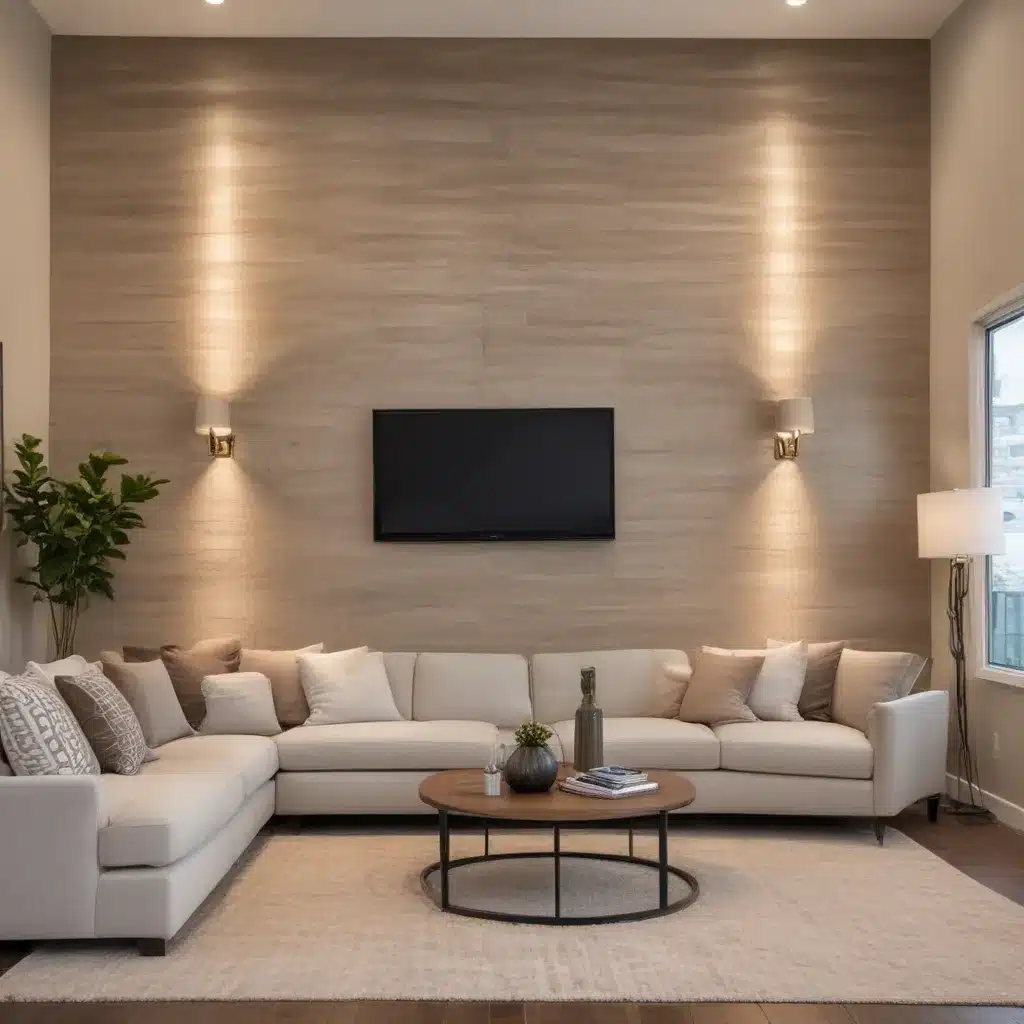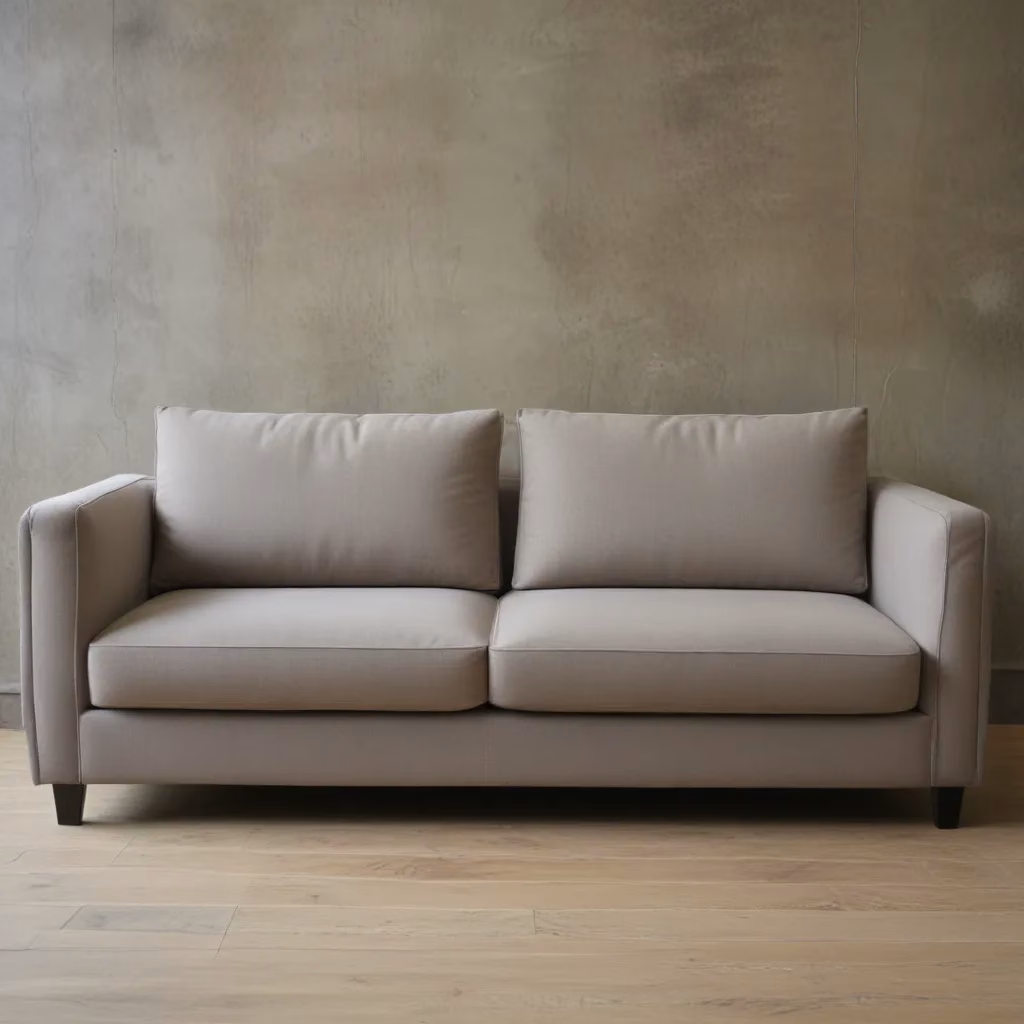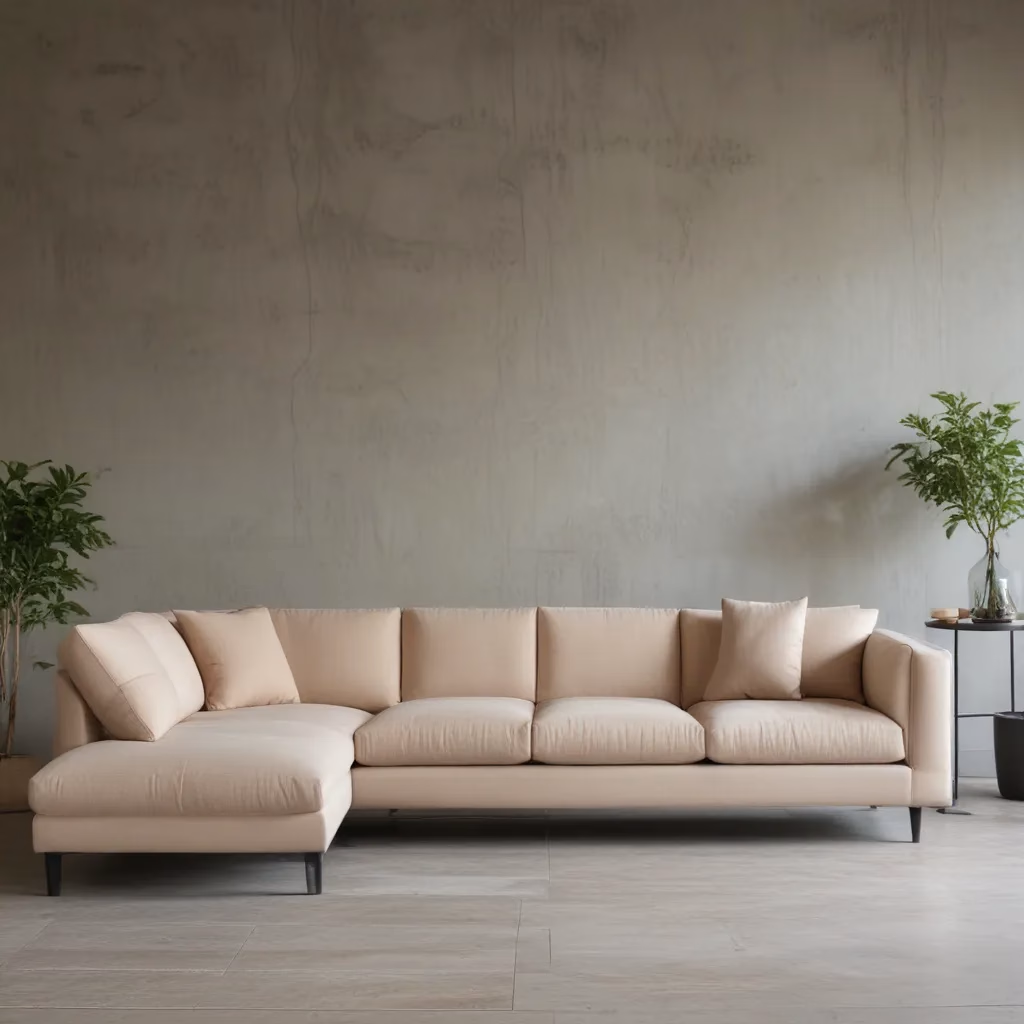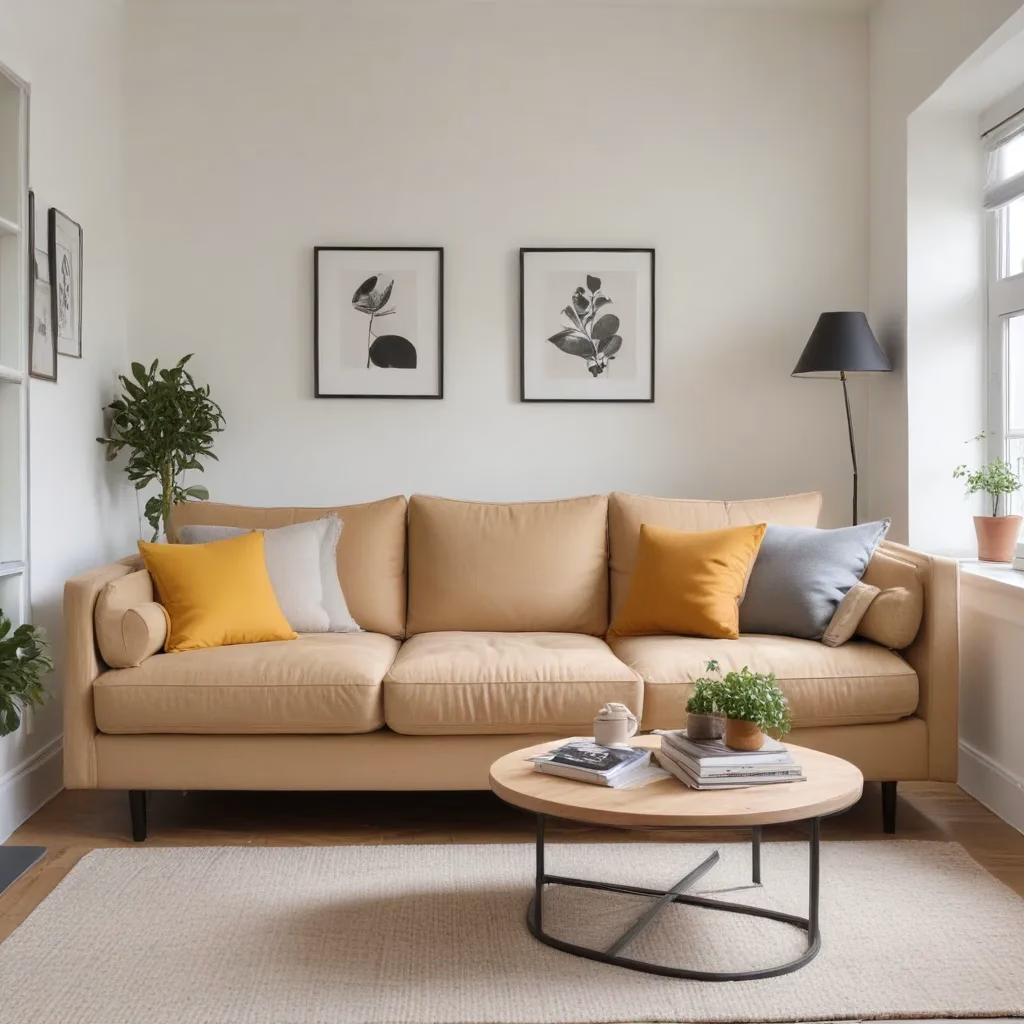The Power of the Accent Wall
Ah, the accent wall – the trusty design trick that has been adding a pop of personality to living rooms for decades. It’s the mullet of the interior design world: business in the front, party in the back. But why do we keep coming back to this design staple, and more importantly, when does it actually work?
I’ll admit, I’ve been guilty of the accent wall myself. There’s something alluring about the idea of using just one bold color or statement-making material to create a focal point in a room. It’s cheaper than painting all four walls, and it can feel like a more manageable way to dip your toes into a bold design. But as I’ve learned through my years as an interior designer, the accent wall is a delicate balance. Done right, it can elevate a space and create a beautiful, cohesive look. But done wrong, it can make your living room feel like you’re trapped in Pee-wee’s Playhouse.
So, let’s dive in and explore the dos and don’ts of making a statement with an accent wall in your living room. Because when it comes to design, there’s nothing I love more than a good reveal – and I have a feeling you’re going to be pleasantly surprised by what we discover.
When an Accent Wall Works (and When it Doesn’t)
First things first, let’s talk about the spaces where an accent wall can really shine. A square or symmetrical room, where all four walls are equally defined and the furniture is centered, can be the perfect canvas. Think of a formal dining room or a cozy reading nook – these areas beg for a little something extra to create visual interest and draw the eye.
Hausmatter suggests that an accent wall can also be a great way to anchor a large piece of furniture, like a sofa or a bed. By creating a bold backdrop, you can elevate the whole look and feel of the room.
But here’s where things can get tricky: open-concept spaces. The entire point of an open floor plan is to create a seamless, light, and airy flow between rooms. An accent wall that’s too bold or too scattered can disrupt that harmony and make the space feel disconnected. As Hausmatter puts it, “The entire point of having an open concept is to have that light and airy flow where it all feels connected.”
Another tricky spot? Hallways. Sure, an accent wall can be a great way to add depth and visual interest to a long, narrow space. But you have to be careful that it doesn’t feel like an afterthought or, even worse, a way to distract from something you don’t want people to notice (like, say, that not-so-clean air vent).
And let’s not forget about the dreaded “toilet wall.” You know the one – that accent wall that’s strategically placed right behind the porcelain throne, drawing all eyes straight to your bathroom business. Hausmatter puts it best: “Guess where I want to look when you put a bold color behind that toilet? You guessed it – I’m staring at your toilet. You better hope it’s clean!”
So, the key is to really think about the flow and function of the space before diving into an accent wall. Is it going to enhance the room or just feel like a distraction? That’s the million-dollar question.
Bringing Your Accent Wall to Life
Okay, now that we’ve established the dos and don’ts, let’s talk about how to actually create an accent wall that packs a punch. The team at Hausmatter has some great suggestions:
-
Architectural Details: Instead of just slapping on a bold paint color, consider adding some subtle texture with architectural elements like moulding or wood paneling. This can instantly elevate the look and feel of your accent wall.
-
Wallpaper: Wallpaper is another fantastic option for creating an accent wall. The key is to choose a pattern or color that ties in with the rest of your living room decor. Hausmatter recommends color-matching the wallpaper to one of the main colors in your room, so everything feels cohesive.
-
Paint: Of course, a good old-fashioned paint job can still work wonders. But instead of going for a bold, contrasting color, consider a more muted, nature-inspired hue. An Inspiring Home used a calming “Raging Sea” green for their accent wall, and the result was nothing short of stunning.
-
Natural Materials: If you’re feeling a little hesitant about committing to a bold color or pattern, you can’t go wrong with natural materials like reclaimed wood, stone, or brick. These neutral elements can add instant texture and interest without overwhelming the space.
No matter which route you choose, the key is to make sure your accent wall feels intentional and cohesive with the rest of your living room decor. As Hausmatter puts it, “The more you can echo colors from your accent wall throughout, the more cohesive the room.”
Elevating Your Living Room with an Accent Wall
Now, I know what you might be thinking: “But Evija, I live in a small, awkwardly shaped living room – how on earth can I pull off an accent wall without making the space feel even more cramped?” Well, my friend, I’ve got a few tricks up my sleeve.
From Evija With Love recently shared a brilliant idea for creating a statement panel wall using adhesive strips. The best part? It’s a renter-friendly option that won’t permanently alter your walls. By using a textured material like grasscloth or even wood planks, you can add depth and interest to a small space without making it feel claustrophobic.
And you know what they say – when in doubt, go for the fifth wall. That’s right, don’t be afraid to take your accent wall up to the ceiling. Hausmatter shared an amazing example of a homeowner who painted the ceiling the same bold color as their accent wall, creating a truly stunning and unexpected focal point.
Of course, if you’re really not feeling the accent wall vibe, there are other ways to add personality to your living room. Hausmatter suggests trying an accent gallery wall or even just painting your fireplace or front door for a fun, low-commitment pop of color.
At the end of the day, the key to making an accent wall work is to really think about the flow and function of your living room. If it’s going to create a cohesive, intentional look, then go for it! But if it’s just going to feel like a random splash of color, it might be time to rethink your approach.
And remember, no matter what design path you choose, the most important thing is that your living room feels like a true reflection of your personal style. After all, that’s what Sofas Spectacular is all about – helping you create a space you’ll love coming home to, day after day.




